Share:
Today, we know more about the human brain than ever before. Brain research is a rapidly growing and changing field and the implications for teachers is huge. From all I’ve read and heard, there is one piece of knowledge that has affected my teaching more than any other. That has to do with the role of emotions in memory and learning.
(This post contains affiliate links.)
Everyone has had that moment when push came to shove and your mind has gone blank. Something you knew, perhaps as recently as a moment before, is gone. It happens in daily life as well as in learning. You bump into somewhat at the supermarket whose face you recognize, but you can’t place them. You wrack your brain trying so hard to figure out who the person is while you smile and nod, feeling embarrassed and awkward. Hours later, when there is no longer pressure or a need to, the connection all comes back to you. We’ve seen it happen with our students when the knowledge that they know inside, outside, upside down, suddenly flies out of their head during a testing situation.
Human evolution is relatively slow, so our brain is very much hardwired to respond to danger and fear with automatic responses. Most people have heard of the “Fight, Flight or Freeze instinct”. What brain research has taught us is that when this process begins, learners lose the ability to store items in long term memory and also the ability to retrieve items. Our complex higher order logic and reasoning skills become temporarily inaccessible. Stress hormones flood our body and the brain’s focus is to avoid getting eaten by a lion.
For students with learning differences and difficulties, a page of text, reading out loud, a spelling test or other situations where they have experienced past embarrassment or failures trigger this same response. As far as their brain is concerned, school work is a hungry lion. Sadly, the more desperately the student NEEDS to access their strategic processes, the less likely they are to be able to do so.
So much of our brain chemistry happens outside of conscious thought, but we can help manage anxiety with deliberate strategies and understanding. One of the most powerful techniques to help students deal with the challenges of anxiety is to teach them about the worry and anxiety they are dealing with, learn strategies for calming and to allow themselves and their brain time to move past fear and access their other cognitive skills.
Here are 5 picture books that may help your child or student who worries a lot.
1. What To Do WhenYou Worry Too Much: A Kid’s Guide to Overcoming Anxiety by Dawn Huebner and Bonnie Matthews- This is a helpful resource guide with lots of practical tips for children, ages 6-12 Worrying can be overwhelming, all consuming and just plain exhausting for kids. This book offers real solutions with a bit of humor mixed in that kids will easily relate to while working through their worries.
2. I Can Handle It (Mindful Mantras) by: Laurie Wright- This book provides the language to help your child work through their fears using self-talk. Helping children realize their own capabilities, I Can Handle It will empower them.
3. I Feel Worried! Tips For Kids on Overcoming Anxiety by Nadine Briggs and Donna Shea- This is a workbook to help children identify their feelings, think of possible solutions and tools to effectively act on them. This may be a great tool to use whole class, for morning meetings, or as a resource before you enter into test prep.
4. Don’t Feed the Worry Bug by Andi Green – Wince, the Monster of Worry, deals with his arch-nemesis, the worry bug. The worry bug makes worries grow and grow. Wince learns strategies for keeping the worry bug at bay. This book is part of a series on emotions for children.
5. Wilma Jean the Worry Machine by Julia Cook and Anita DuFalla – Wilma Jean has a lot of worries. In fact, she has the worry flu. Her mom and her teacher help Wilma Jean develop some helpful strategies for dealing with situations that she can control and a way of managing those things that are outside of her control.
Helping children understand the relationship between emotions and learning can be incredibly freeing. Understanding brain processes that are at work help students feel more in control and help them advocate for what they need to be successful.
Share:

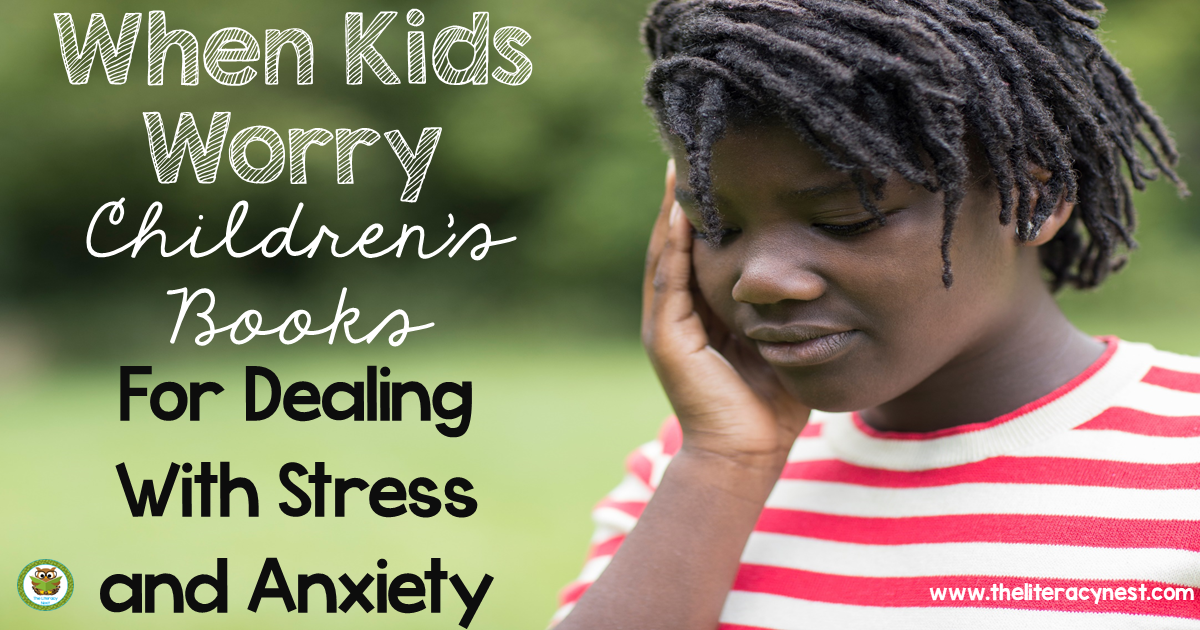
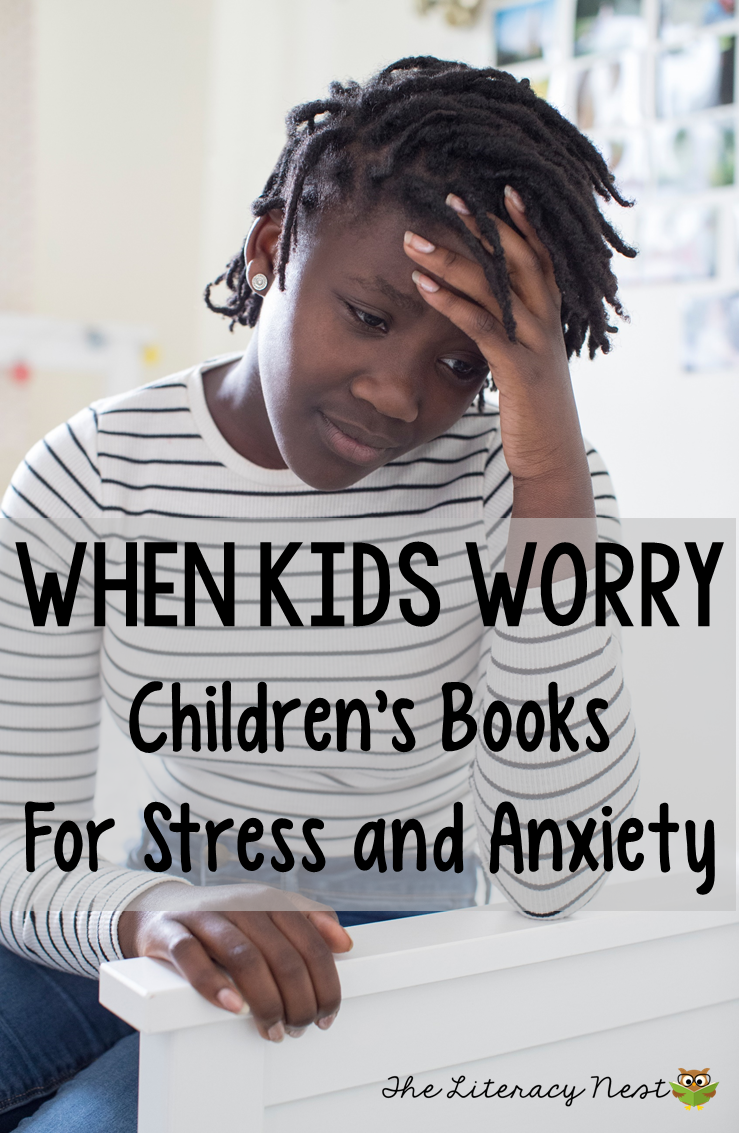
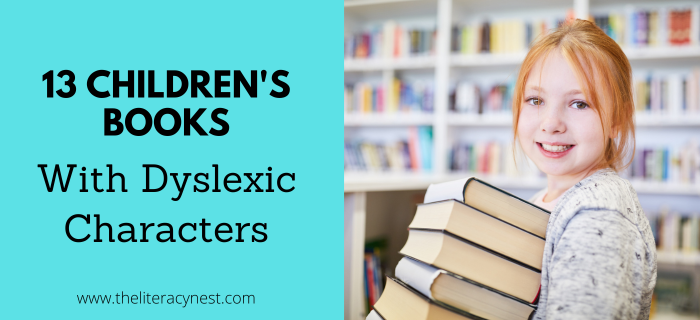
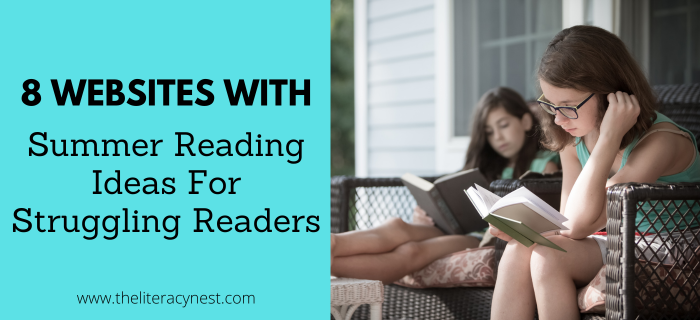
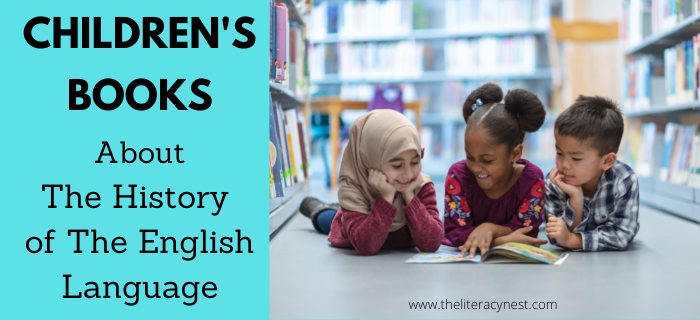
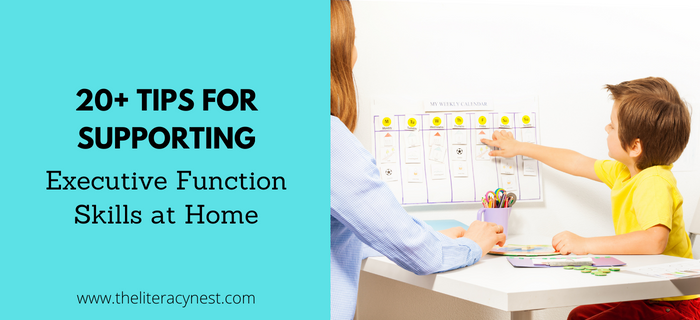

It is based on the belief that the creative process involved in artistic self-expression helps people to resolve conflicts and problems, develop interpersonal skills, manage behavior, reduce stress, increase self-esteem and self-awareness, and achieve insight.
learn more